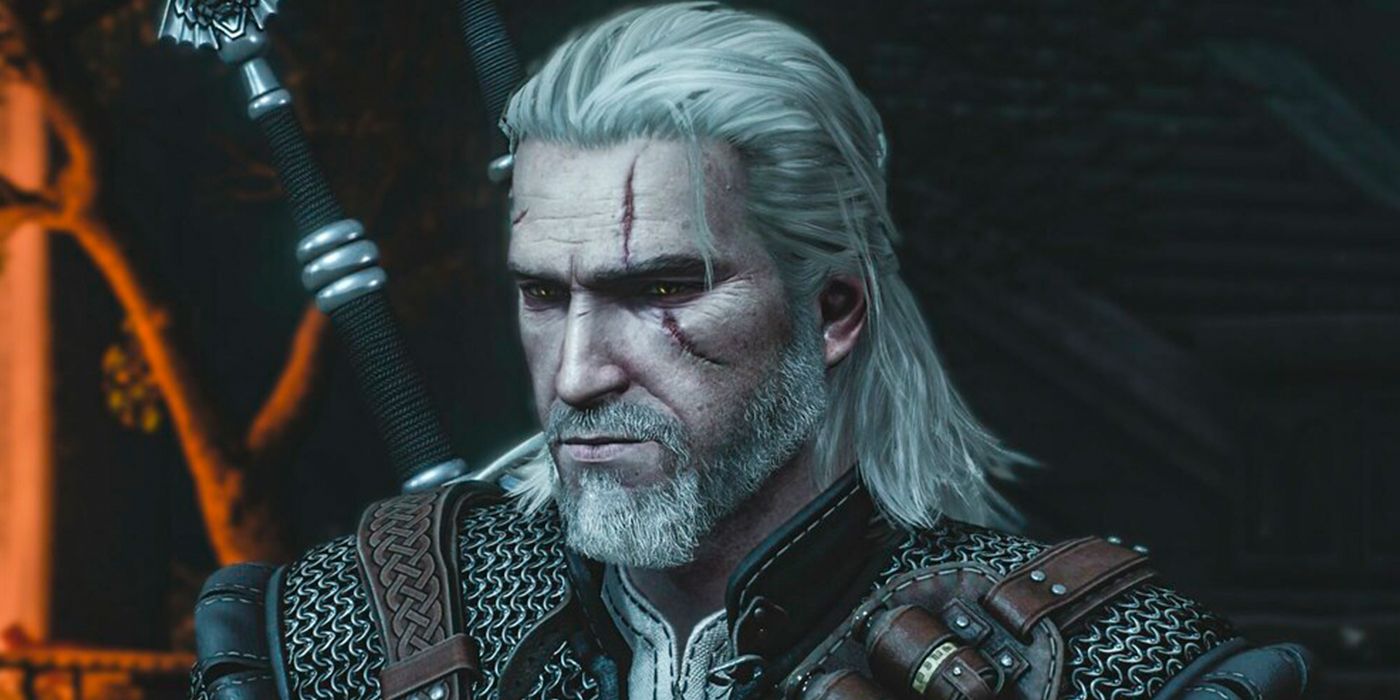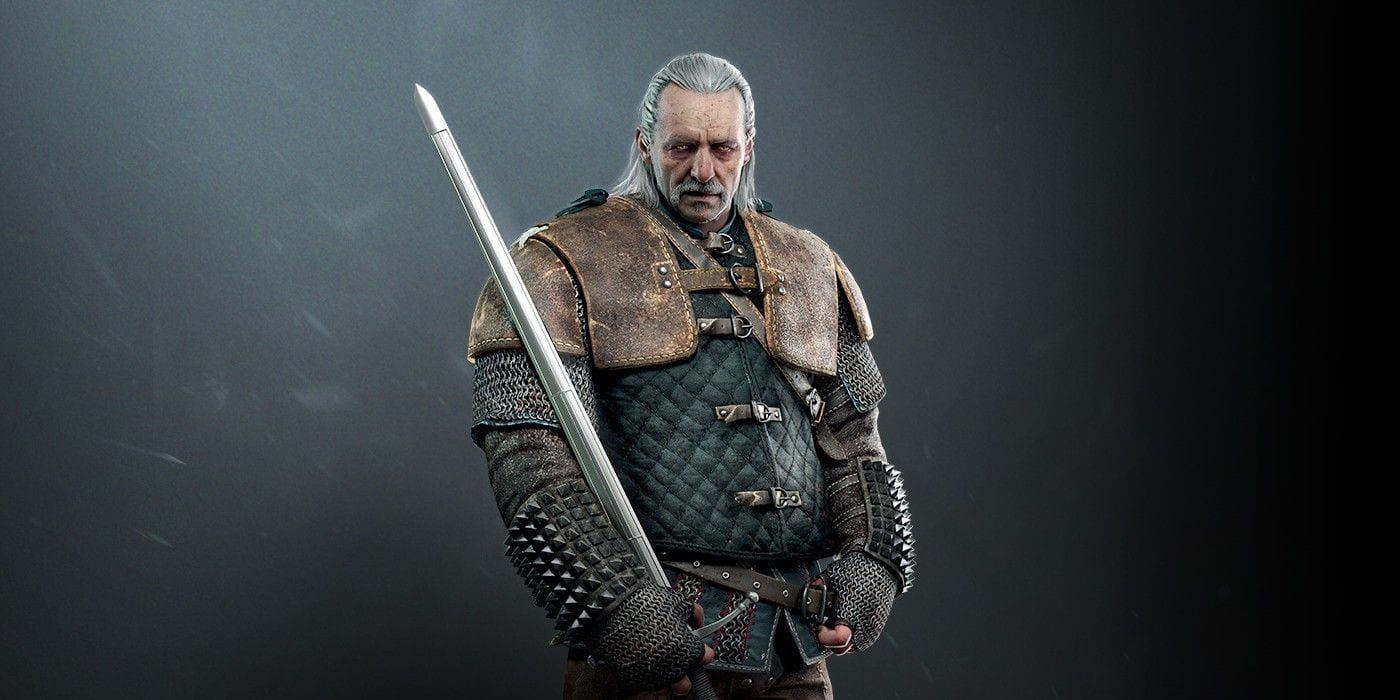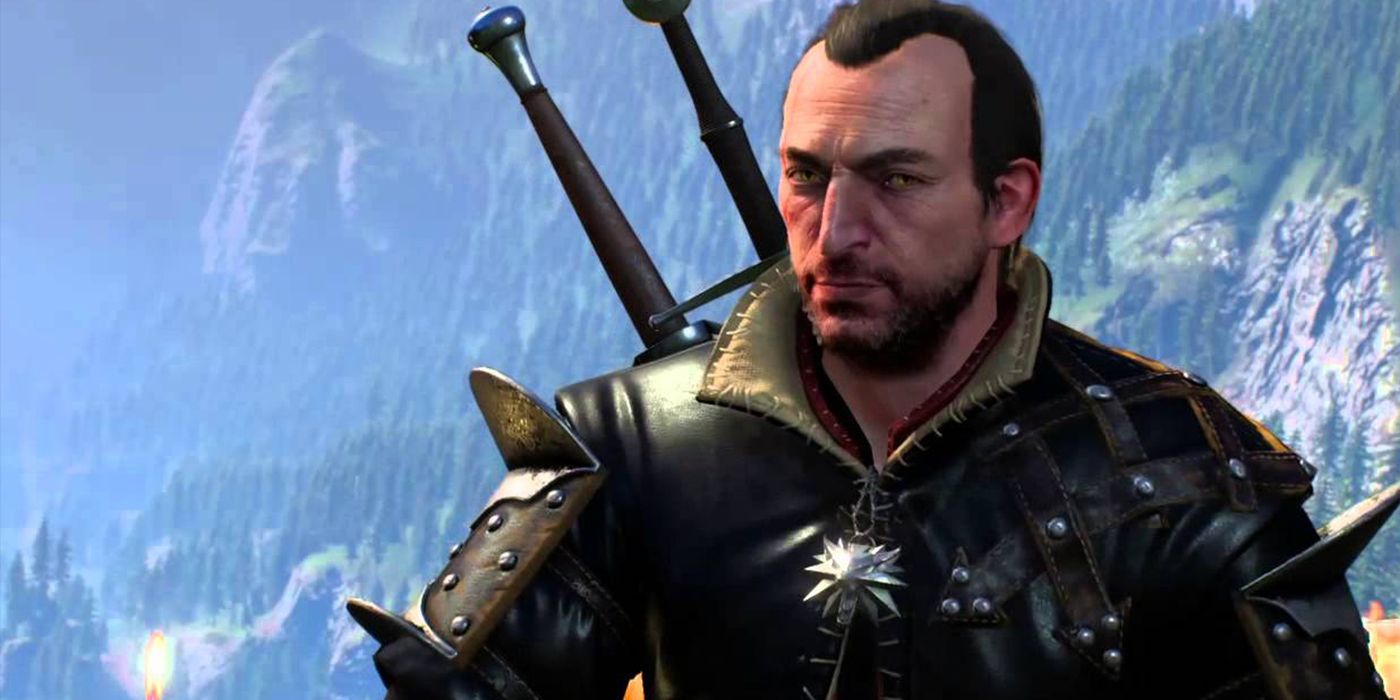The Witcher 3 offers no shortage of side characters to get to know, and many of them are adapted from The Witcher novels--so many that it can be hard to keep track of them all. And among all the powerful sorceresses, kings and queens, soldiers, and friends, there are also Geralt's fellow witchers.
Anybody who has read the books may know of them, but those who haven't may not know who they're dealing with when playing The Witcher 3 for the first time (or watching the Netflix series once season 2 premieres). As such, it's time to take a closer look at each of the witchers from Geralt's School of the Wolf.
The School of the Wolf
By the time Geralt's story begins, witchers are a dying breed. At the height of their influence, the School of the Wolf was the most widely-known (and highly regarded) of the witcher schools; unlike some of the other schools, the wolves were considered reliable and capable monster-slayers. But the wolves' prosperity didn't last: the School of the Wolf underwent two massacres in the same century that all but eradicated them.
First, a group of mages and priests led an angry mob to the wolves' headquarters, Kaer Morhen, and killed all of the witchers present there at the time. Then, King Radowit of Kaedwen manipulated witchers from the School of the Cat into dispatching many wolven witchers during a tournament, before the cats themselves were put to death. After that, only a select few School of the Wolf witchers remained living and the practice of making more witchers was lost. By the time The Witcher 3 rolls around, there are only four significant members of that school: Vesemir, Eskel, Lambert, and of course, Geralt of Rivia himself.
Vesemir
Vesemir is the oldest witcher of the bunch and taught Geralt, Eskel, and Lambert everything they needed to know to become witches. Once the massacres left him the only "old" witcher remaining, Vesemir could only be a combat instructor going forward, as he lacked the supplies to subject any other potential witchers to the Trial of Grasses. Vesemir operated for centuries before he settled to train young witchers, though he continued to follow the typical yearly life of a witcher: spend the winter hunkering down at Kaer Morhen, and then set out on the path once spring arrived.
Geralt was given to Vesemir (similar to the way in which Ciri was given to Geralt) and became Geralt's adopted father in addition to a trainer. Once Geralt brought his daughter Ciri to train at Kaer Morhen, he also trained her: while Geralt and the younger witchers trained her in combat, Vesemir taught her about all sorts of monsters and herbalism. He even took to calling Triss Merigold "little daughter" when she stayed at Kaer Morhen to help Ciri.
In short, Vesemir is wise, patient (though as a trainer he worked with a sort of harsh affection) and the monster-slaying father figure of...well, everyone's favorite monster-slaying father figure, Geralt himself.
Eskel
Eskel is the one witcher who is roughly Geralt's age, and the two of them grew up together as childhood friends as well as witchers-in-training. Geralt can express fondness as some of their antics as a trouble-making duo when they both lived full-time at Kaer Morhen; they even looked enough alike that people assumed they were brothers. Between Eskel and Lambert, Eskel is the calmer and more reasoned of the two and had a few distinguishable qualities aside from the long scar that runs across his face: for one, when Triss stays at Kaer Morhen, she notices that Eskel emanates even more magical energy than Geralt does.
In the games, Eskel has a Child of Surprise of his own just as Geralt was given Ciri: the princess Deidre Ademeyn, who is afflicted with the Curse of the Black Sun. Beyond that, even though Eskel is just as skilled and experienced as Geralt of Rivia, the White Wolf, he's never become quite as famous as Geralt. Eskel went down a quieter path, but still made a name for himself in his own right as quite the impressive witcher, and always returned to winter at Kaer Morhen with Vesemir, Lambert, and Geralt.
Lambert
Then there's Lambert, the youngest of the witchers, even more so than Geralt and Eskel, and is in fact one of the last witchers ever to train at Kaer Morhen. In the books, he's there to help Ciri during her own witcher training, and in the games, he's an extremely caustic personality--though seemingly fond of Geralt and the others in his own way. He's always pretty rude to Triss Merigold, however, despite the fact that all of his fellow School of the Wolf witchers forge a positive relationship with her, which irks Triss to no end.
By the time The Witcher 3 rolls around, Lambert acts much the same, but also expresses resentment towards Geralt and being a witcher at all. While Eskel is more or less content with his existence as a lesser-known but no less skilled witcher, Lambert is jealous of all the goodwill towards Geralt because of his extensive reputation. In addition, Lambert hates the fact that he had no choice in becoming a witcher: he, too, was given over to Kaer Morhen because of the Law of Surprise. Still, even if Lambert has resentments, he continues to use his witcher abilities and walk the path with his fellows.
Geralt of Rivia
There's way too much to say about Geralt of Rivia all in one place; the main character of the Witcher franchise is the subject of short stories, full-length novels, and two previous games, so the Geralt portrayed in The Witcher 3 has a long and complex history.
Geralt is a legendary monster-slayer and has been active throughout the 13th century during The Witcher 3 and its preceding titles. Among his fellow witchers, he's unusually resilient to the mutagens that give witchers their abilities, and therein lies the reason for his white hair: upon this discovery, Geralt was subjected to even more experimental mutagens than most witchers get, which enhanced his speed and strength even further...but turned his hair white from the strain. The most important part of Geralt's personality to know about during The Witcher 3 is his stoic and cynical disposition that belies someone with good humor and extreme loyalty for his friends, especially his daughter, Ciri; Yennefer of Vengerberg, the love of his life; and his old friend Dandelion.
That's everyone players will encounter (or play as, in Geralt's case) during The Witcher 3, although technically Ciri could be considered a witcher despite never being put through the Trial of Grasses. Either way, an understanding of Geralt and his relationships with fellow School of the Wolf members will definitely fill in a few blanks, and The Witcher 3 is still great after 5 years out in the world.



